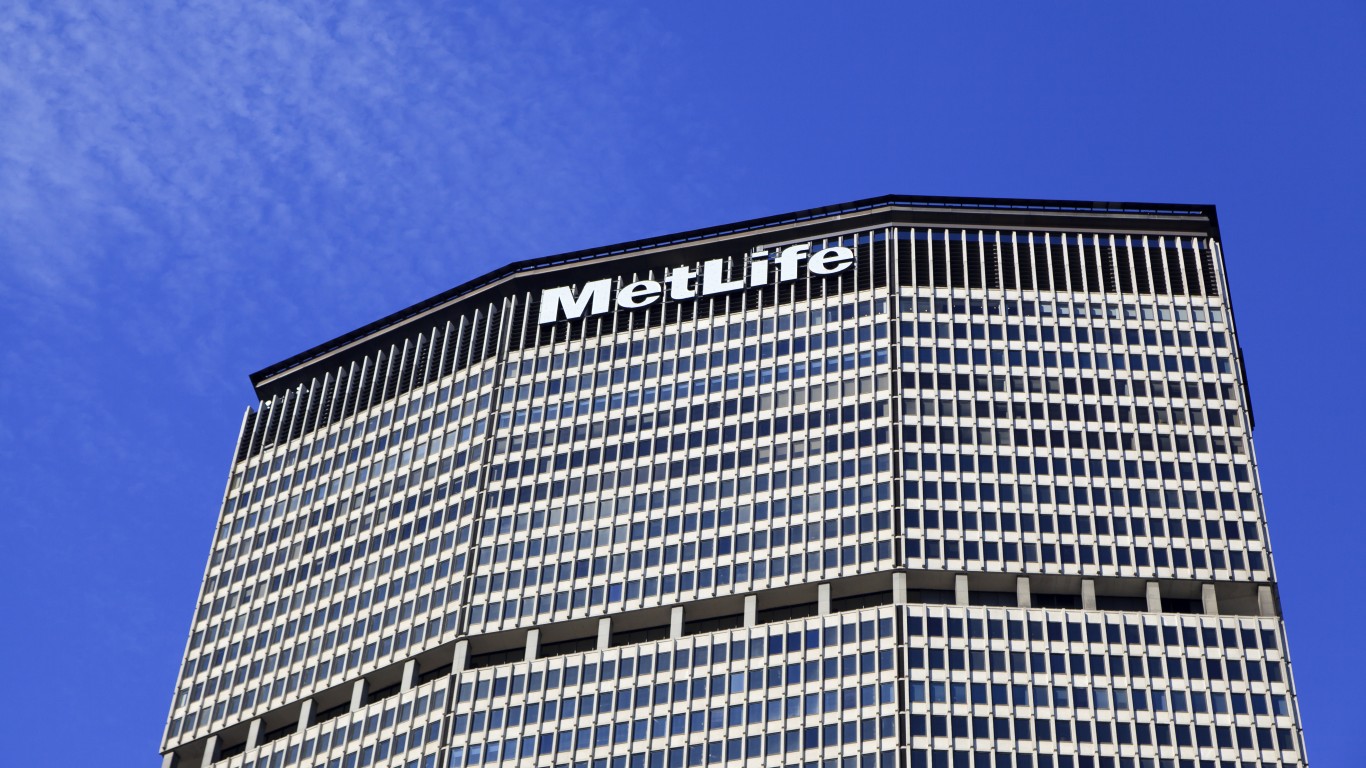Investing
3 Top-Ranked Dividend Stocks: A Smarter Way to Boost Your Retirement Income

Published:

Here’s an eye-opening statistic: older Americans are more afraid of running out of money than of death itself.
And unfortunately, even retirees who have built a nest egg have good reason to be concerned – with the traditional approaches to retirement planning, income may no longer cover expenses. That means retirees are dipping into principal to make ends meet, setting up a race against time between dwindling investment balances and longer lifespans.
Retirement investing approaches of the past don’t work today.
For example, 10-year Treasury bonds in the late 1990s offered a yield of around 6.50%, which translated to an income source you could count on. However, today’s yield is much lower and probably not a viable return option to fund typical retirements.
The effect of this drop in rates is substantial: over 20 years, the change in yield for a $1 million investment in 10-year Treasuries is over $1 million.
Today’s retirees are getting hit hard by reduced bond yields – and the Social Security picture isn’t too rosy either. Right now and for the near future, Social Security benefits are still being paid, but it has been estimated that the Social Security funds will be depleted as soon as 2035.
So what can retirees do? You could dramatically reduce your expenses, and go out on a limb hoping your Social Security benefits don’t diminish. On the other hand, you could opt for an alternative investment that gives a steady, higher-rate income stream to supplant lessening bond yields.
Invest in Dividend Stocks
As we see it, dividend-paying stocks from generally low-risk, top notch companies are a brilliant way to create steady and solid income streams to supplant low risk, low yielding Treasury and fixed-income alternatives.
Look for stocks that have paid steady, increasing dividends for years (or decades), and have not cut their dividends even during recessions.
One way to identify suitable candidates is to look for stocks with an average dividend yield of 3%, and positive average annual dividend growth. Many stocks increase dividends over time, helping to offset the effects of inflation.
Here are three dividend-paying stocks retirees should consider for their nest egg portfolio.
Ameren (AEE) is currently shelling out a dividend of $0.63 per share, with a dividend yield of 3.13%. This compares to the Utility – Electric Power industry’s yield of 3.68% and the S&P 500’s yield of 1.68%. The company’s annualized dividend growth in the past year was 6.78%. Check Ameren (AEE) dividend history here>>>
Kite Realty Group (KRG) is paying out a dividend of $0.24 per share at the moment, with a dividend yield of 4.36% compared to the REIT and Equity Trust – Retail industry’s yield of 4.48% and the S&P 500’s yield. The annualized dividend growth of the company was 20% over the past year. Check Kite Realty Group (KRG) dividend history here>>>
Currently paying a dividend of $0.52 per share, MetLife (MET) has a dividend yield of 3.34%. This is compared to the Insurance – Multi line industry’s yield of 1.95% and the S&P 500’s current yield. Annualized dividend growth for the company in the past year was 4%. Check MetLife (MET) dividend history here>>>
But aren’t stocks generally more risky than bonds?
Overall, that is true. But stocks are a broad class, and you can reduce the risks significantly by selecting high-quality dividend stocks that can generate regular, predictable income and can also decrease the volatility of your portfolio compared to the overall stock market.
A silver lining to owning dividend stocks for your retirement portfolio is that many companies, especially blue chip stocks, increase their dividends over time, helping offset the effects of inflation on your potential retirement income.
Thinking about dividend-focused mutual funds or ETFs? Watch out for fees.
If you’re interested in investing in dividends, but are thinking about mutual funds or ETFs rather than stocks, beware of fees. Mutual funds and specialized ETFs may carry high fees, which could lower the overall gains you earn from dividends, undercutting your dividend income strategy. Be sure to look for funds with low fees if you decide on this approach.
Bottom Line
Whether you select high-quality, low-fee funds or stocks, seeking the steady income of dividend-paying equities can potentially offer you a path to a better and more stress-free retirement.
Ameren Corporation (AEE): Free Stock Analysis Report
MetLife, Inc. (MET): Free Stock Analysis Report
Kite Realty Group Trust (KRG): Free Stock Analysis Report
To read this article on Zacks.com click here.
This article originally appeared on Zacks
The last few years made people forget how much banks and CD’s can pay. Meanwhile, interest rates have spiked and many can afford to pay you much more, but most are keeping yields low and hoping you won’t notice.
But there is good news. To win qualified customers, some accounts are paying almost 10x the national average! That’s an incredible way to keep your money safe and earn more at the same time. Our top pick for high yield savings accounts includes other benefits as well. You can earn up to 3.80% with a Checking & Savings Account today Sign up and get up to $300 with direct deposit. No account fees. FDIC Insured.
Click here to see how much more you could be earning on your savings today. It takes just a few minutes to open an account to make your money work for you.
Thank you for reading! Have some feedback for us?
Contact the 24/7 Wall St. editorial team.